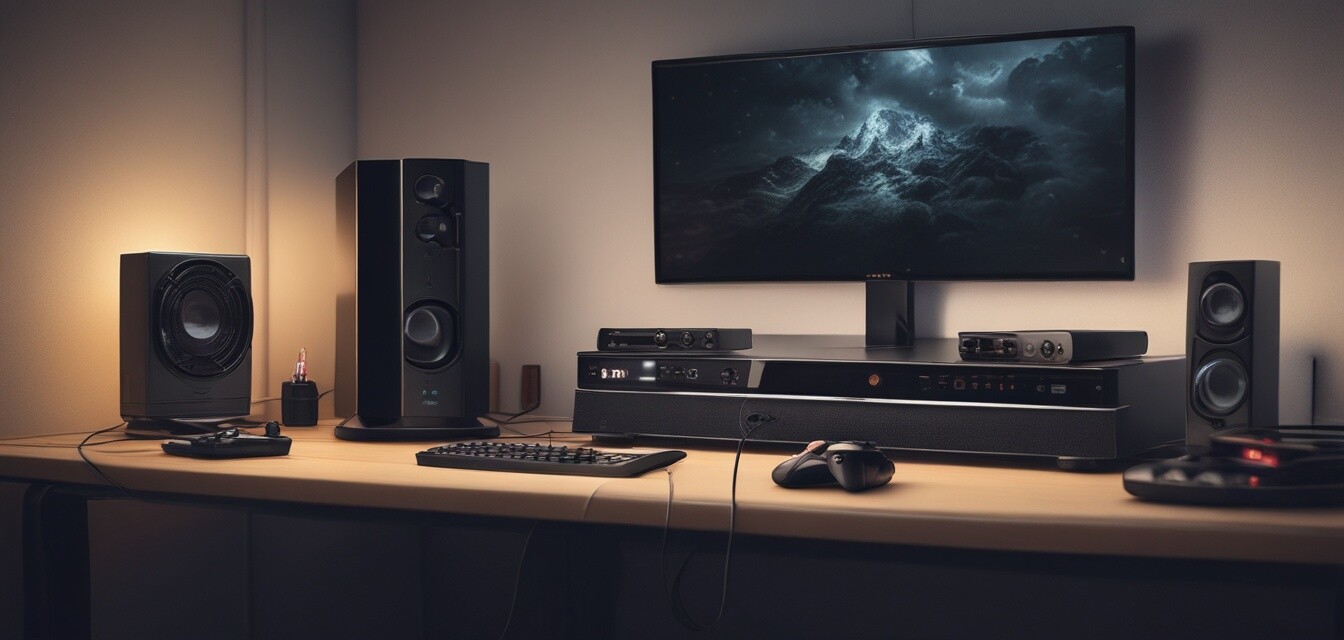
How to Build a Home LAN for Gaming
Key Takeaways
- Choose the right equipment for optimal performance.
- Understand the importance of wired versus wireless connections.
- Optimize your network configuration for minimal latency.
- Regularly maintain your LAN for peak performance.
- Consider future upgrades for a flexible setup.
Creating a robust home Local Area Network (LAN) is crucial for enhancing your gaming experience. Whether you're engaging in competitive matches or simply playing your favorite single-player game, the right setup can make all the difference. This guide will provide a step-by-step approach to building an optimized home LAN tailored for gaming enthusiasts.
Understanding the Basics of Home LANs
A home LAN allows multiple devices to connect to the internet through a single network. The benefits include:
- Shared internet access
- Ease of resource sharing, such as printers and files
- Reduced latency for gaming sessions
- Improved network reliability and speed
Wired vs Wireless Connections
When building your LAN, you'll need to consider whether to use wired or wireless connections. Each option has its pros and cons.
| Connection Type | Pros | Cons |
|---|---|---|
| Wired |
|
|
| Wireless |
|
|
Step-by-Step Guide to Building a Home LAN
Step 1: Gather Necessary Equipment
Your gaming LAN requires specific equipment:
- Router or Gateway
- Network Switch (if using wired connections)
- Ethernet Cables
- Modem (for internet connection)
- Wi-Fi Extender (optional for wireless connections)
Step 2: Decide on Your Network Configuration
Determine whether you'll be using primarily wired, wireless, or a hybrid network. For gaming, a wired connection is often the best choice.
Step 3: Connect Your Modem and Router
Follow these steps:
- Plug your modem into the power outlet and connect it to your ISP via coaxial cable or DSL line.
- Use an Ethernet cable to connect the modem to the WAN port of your router.
- Power on both devices.
Step 4: Set Up a Network Switch
If your gaming setup involves multiple wired connections, a network switch will expand your Ethernet ports:
- Connect the network switch to a LAN port on your router using an Ethernet cable.
- Plug additional Ethernet cables from the switch to your gaming consoles and PCs.
Step 5: Configure Your Router Settings
For optimal performance:
- Access your router settings via a web browser.
- Set Quality of Service (QoS) for prioritizing gaming traffic.
- Enable WPA3 security for enhanced protection.
Step 6: Test Your Network
Conduct a speed test to ensure everything is working smoothly. Check for packet loss and ping to ensure minimal latency.
Maintaining Your Home LAN
Regular maintenance is essential for a reliable gaming LAN:
- Keep your router firmware updated.
- Reboot your network devices periodically.
- Monitor for any device that might be causing network slowdown.
Pros
- Improved gaming performance and reliability.
- Greater bandwidth for multiple users.
- Highly customizable network configuration.
Cons
- Initial setup can be complex for beginners.
- Requires additional hardware for a wired setup.
Wrapping Up
Building a home LAN is a powerful way to enhance your gaming experience. With the right equipment, configuration, and regular maintenance, you can create a network tailored to your gaming needs.
For further insights into gaming accessories, check out our Buying Guides for more valuable tips and recommendations!
By following these steps, you can ensure that your gaming LAN stays optimized for fun, performance, and convenience, allowing you to fully immerse yourself in your gaming adventures.